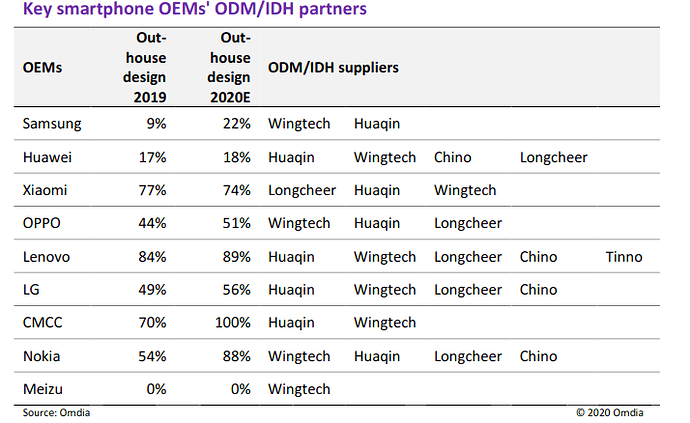Hello,
A few days ago, I posted this post https://forums.puri.sm/t/brand-new-quality-phones-with-a-removable-battery/16717/6. I am doing research for phones and I have pretty much given up on the removable battery concept. As a side note, due to environmental regulations, the EU is soon going to mandate that phone manufacturers make their batteries removable.
I am considering Xiaomi, specifically this model ( https://www.gsmarena.com/xiaomi_poco_f3-10758.php . I have never purchase Xiaomi. I care about the size of the screen (for reading), the battery life (I am fine with disabling higher screen refresh and other battery consuming wares), and the camera. Regarding the camera, I want something “good enough”. Regarding the colors differences as compared to let’s say, a Pixel, I have seen reviews stating the camera isn’t as good as the true flagship phones. I have never really noticed the difference between the cameras aside from the overall image quality (pixelation). I do not do photo shooting professionally. I do videos which do get uploaded to the web. I do not do anything at night time and I am not extremely picky about this.
Is the camera good enough for this application?
I have seen security concerns about Xiaomi because of the bloatware and spyware type browsers. I plan to put LineageOS on the phone, which would resolve the software security concerns. As I consider all phones more or less the same in terms of security, especially when it comes to their default setup.
Is there anything above and beyond that should disqualify Xiaomi as a brand for someone concerned about privacy/security, when I am planning on putting LineageOS on it anyway?
Thanks
